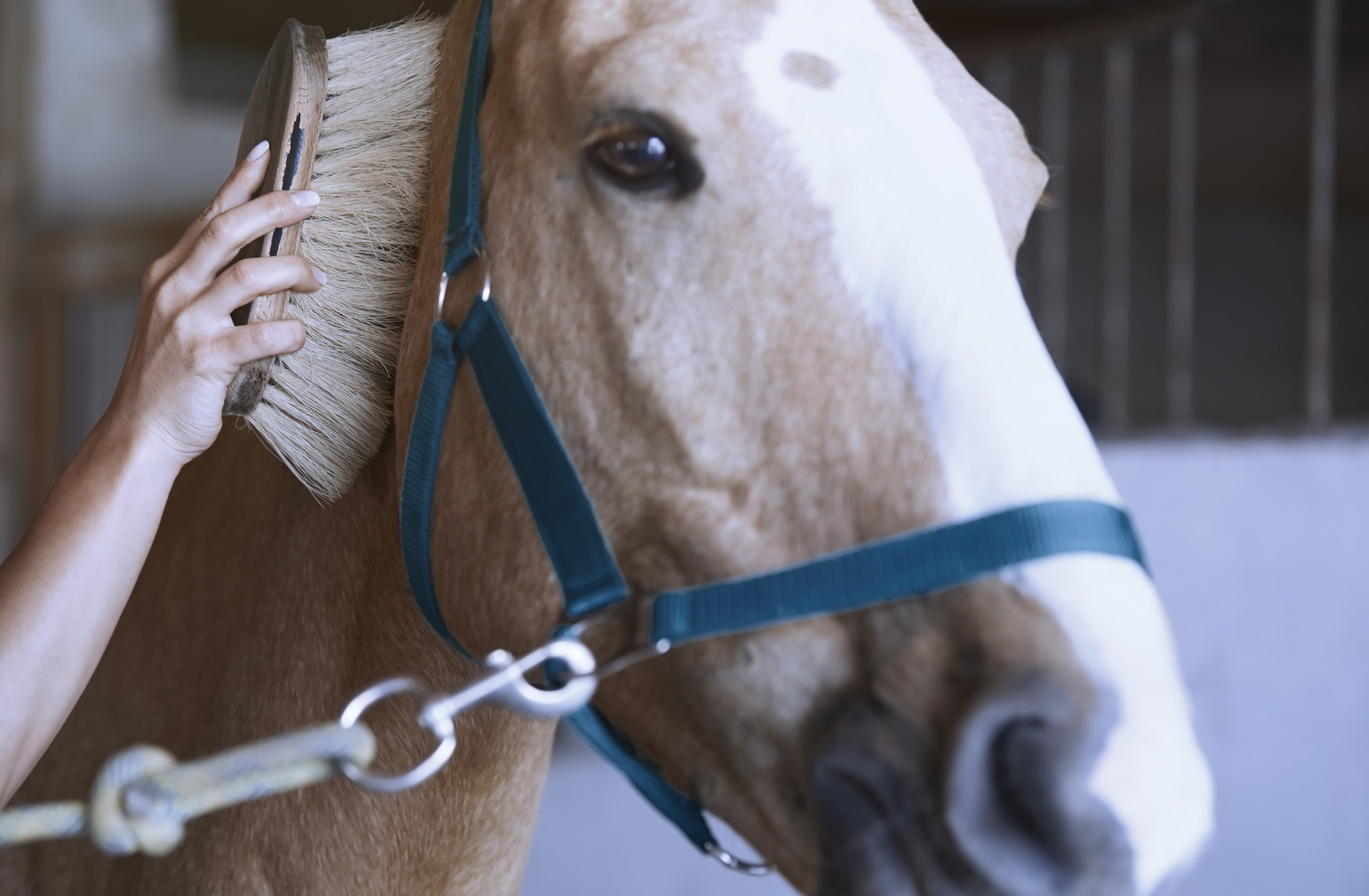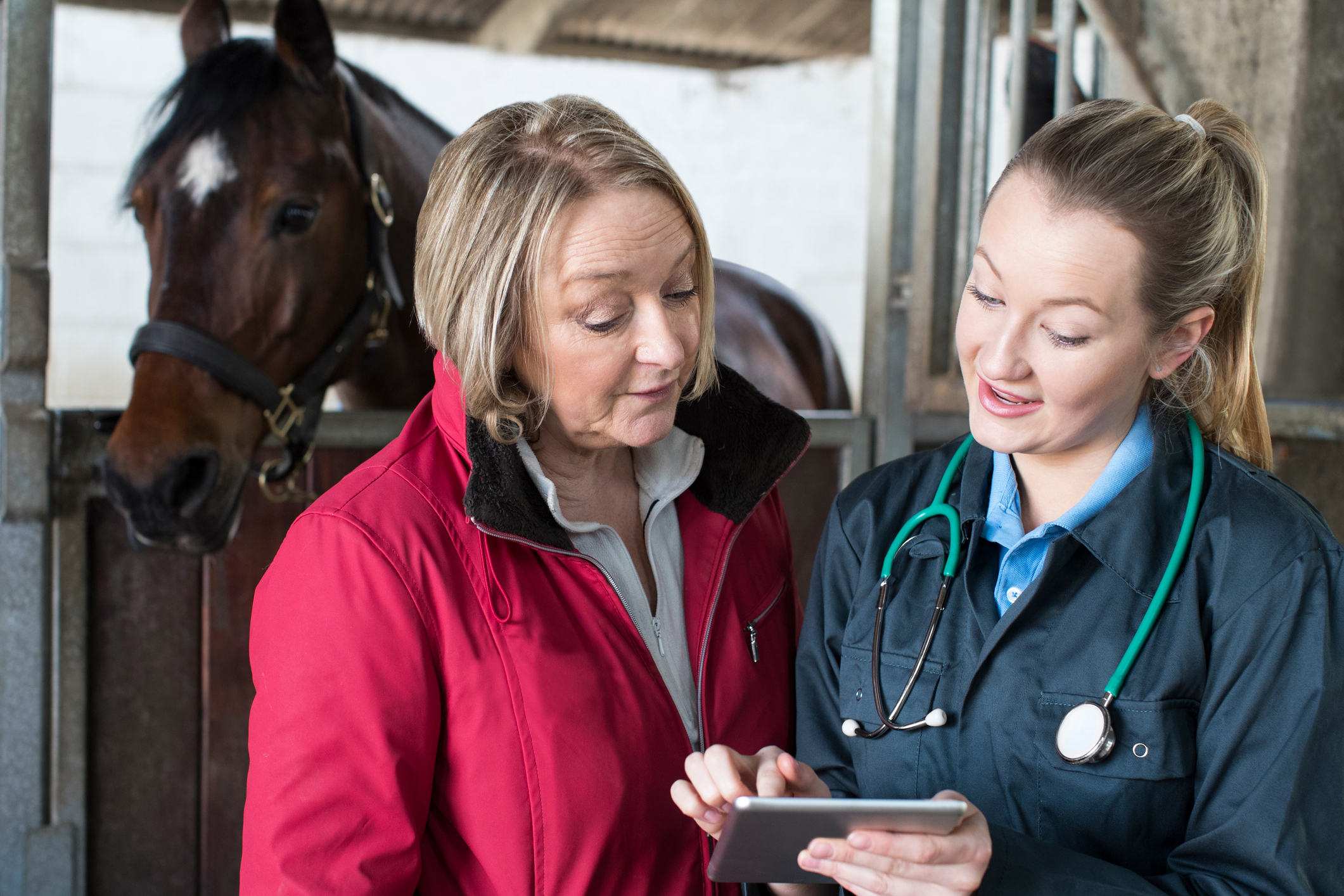Monitoring your horse daily not only allows you to spend quality time with your horse but also gives you an opportunity to pay attention to your horse’s baselines. If your horse is typically happy and alert, but when you go to check on him he seems depressed and uninterested, that’s a good sign you should check your horse’s vitals.
During your daily assessment, a great way to check for any abnormalities on your horse is to groom him. Grooming allows you to give every part of your horse a once-over, while also removing dirt and sweat. Make sure your horse is free of bumps, cuts, swelling, and heat in any of his limbs. It’s also good to walk him around some to check for any signs of lameness.

Frequent checks of your horse’s vital signs (temperature, heart rate, respiration, and capillary refill) helps establish baselines for your horse. Then, if your horse seems a bit off and you check his vitals, you’ll know whether he’s within normal ranges for his own baselines.
Body Temperature for an adult horse is taken rectally and should be between 99 to 101.5 degrees Fahrenheit. If your horse’s body temperature is higher than this, and it’s not “normal” for him, call your veterinarian to rule out an infection.
Heart rate and respiration can be elevated if your horse is excited or it’s a hot day. Depending on your horse’s size, his heart rate normally should be 28 to 44 beats per minute. For respiration, he should have 10 to 24 breaths per minute. Note the relatively wide range in these numbers; knowing your horse’s “normal” will help you gauge a narrower acceptable range for your horse.
Capillary refill time as indicated by your horse’s mucous membranes is another vital indication of his health. The mucous membranes inside his mouth should be moist and pink, and when you firmly press your finger against his gums, the depression should return to a pink color in one to two seconds. A longer recovery time may indicate your horse is dehydrated or has poor circulation.
Knowing how to check your horse is an essential part of basic horsemanship. If you’re unsure of how to check your horse’s vital signs, contact your vet; he or she will demonstrate the safe and proper way.







